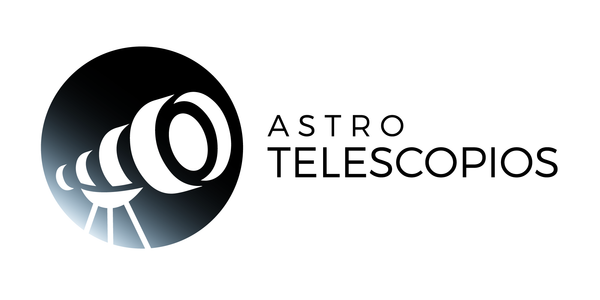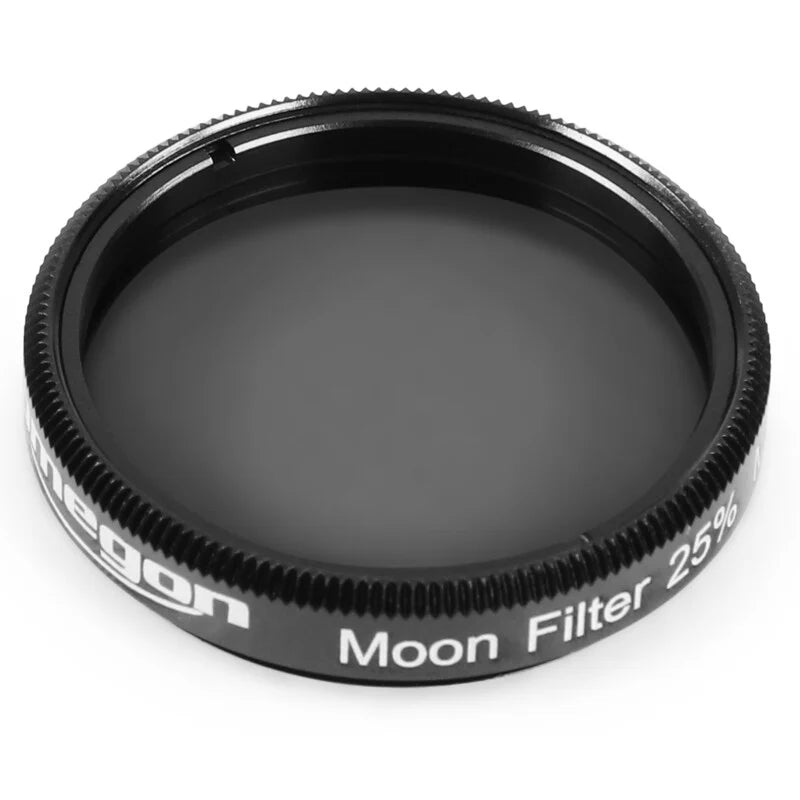Discover the wonders of the sky without further delay. The brightest deep-sky objects (nebulae, globular clusters, or galaxies) are easily observable and, far from the light pollution of cities, even display detail. Combined with good eyepieces and UHC or Deep-Sky interference filters, choose the magnification best suited to the object you are looking at. Combined with a binocular head, you will discover the sky like never before. The relief impression seems "unreal," and yet the Orion Nebula truly takes on a unique three-dimensional appearance. The comfort of observing thanks to using both eyes reduces eye strain and gives access to more details! Try it now!
A Newton Sky-Watcher 150/750 (f/5) optical tube
With a 150mm primary mirror, the Sky-Watcher Newton 150 collects 73% more light than a 114mm telescope. Under a very dark sky, it is then possible to see many sky objects that are barely distinguishable in smaller diameter instruments. It promises beginners many discoveries. In planetary observing, you will reveal many details about Jupiter, Saturn and the Moon using a Barlow lens or short focal length eyepiece.
Its Newtonian design offers several advantages over other families of instruments (telescopes and Cassegrain telescopes). Mirrors are more economical to manufacture for the same diameter and their average focal length (750 mm) is very versatile. Then you benefit from an attractive budget for a brilliant telescope that provides a diverse field of observation. The central obstruction is also weaker than in Cassegrain-type telescopes.
Focusing is achieved through a Crayford bi-flow focuser, 2'' (50.8 mm) and 1.25'' (31.75 mm). Adaptation to the 31.75 mm slide is achieved by means of a supplied mechanical reducer. Therefore, you can use the optional eyepieces and accessories available on both sliders. A clamping screw located below the focuser maintains focus according to the orientation of the optical tube.
Unlike cheaply made or small diameter Newtonian telescopes, the Sky-Watchers 150, 200, 254 and 300 mm Newtonian telescopes have a parabolic primary mirror. The mirrors are spherically polished and then trimmed to achieve a paraboloid shape (more expensive and difficult to obtain). This is an essential selection criterion for instruments longer than 130 mm and with a short focal length.
To present the least possible obstruction, the secondary (flat) mirror mounting bracket has 4 thin branches, 0.5 mm wide. Sufficiently rigid, they thus limit diffraction peaks in bright stars and excessive loss of luminosity.
A 6x30 achromatic scope is also supplied as standard on its mount.
An EQ3-2 equatorial mount with aluminum tripod
For hobbyists interested in visual observation, the EQ3-2 mount allows for quality observations without too much vibration. The more massive version, the HEQ5 Pro Go-To mount, will be preferable for those looking to get started in long-exposure astrophotography.
The optical tube is adapted using a standard Vixen-type female dovetail. An accessory tray ensures good rigidity of the assembly. The EQ3-2 mount can be equipped with an optional polar finderscope to be installed on the polar axis for quick station setup.
The EQ3-2 mount supports many telescopes up to 150 mm in diameter (max. 5.5 kg) or telescopes up to 100 mm in diameter. It features fine azimuth and latitude adjustments for easy positioning, and the controls allow for compensating for Earth rotation (keeping the object in the center of the eyepiece field).
Specs
| Optical tube
|
| Optical formula
|
newton
|
| Useful diameter
|
150 mm
|
| Focal length
|
750 mm
|
| F/D ratio
|
5
|
| Maximum recommended magnification
|
200x
|
| Focusing system
|
Crayford Skywatcher
|
| Focuser
|
Standard dual slider, 2'' (50.8 mm) and 1.25'' (31.75 mm) |
| Mount
|
| Mount
|
German type EQ3-2 equatorial mount
Graduated circles on both axes
|
| Motorization
|
Optional |
| polar seeker
|
Optional
|
| Tripod
|
Height-adjustable aluminum tripod (71 cm to 123 cm) with accessory spacer
|
Optical tube specifications:
- Optical tube length 690 mm
- Optical tube diameter 182 mm
- Optical tube weight 4.9 kg
Mount:
- Frame weight, without counterweight 6 kg
- Mounting load capacity 5.5 kg
- Tripod weight 2.8 kg
We also have motor mounts or GoTo mounts available. Ask us!
























